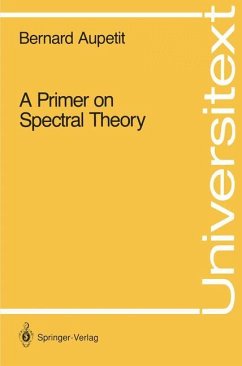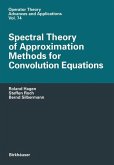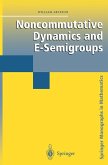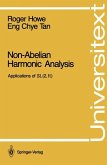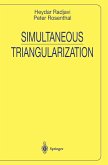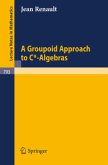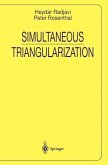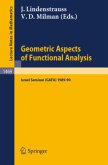This book grew out of lectures on spectral theory which the author gave at the Scuola. Normale Superiore di Pisa in 1985 and at the Universite Laval in 1987. Its aim is to provide a rather quick introduction to the new techniques of subhar monic functions and analytic multifunctions in spectral theory. Of course there are many paths which enter the large forest of spectral theory: we chose to follow those of subharmonicity and several complex variables mainly because they have been discovered only recently and are not yet much frequented. In our book Pro pri6t6$ $pectrale$ de$ algebre$ de Banach, Berlin, 1979, we made a first incursion, a rather technical one, into these newly discovered areas. Since that time the bushes and the thorns have been cut, so the walk is more agreeable and we can go even further. In order to understand the evolution of spectral theory from its very beginnings, it is advisable to have a look at the following books: Jean Dieudonne, Hutory of Functional AnaIY$u, Amsterdam, 1981; Antonie Frans Monna. , Functional AnaIY$i$ in Hutorical Per$pective, Utrecht, 1973; and Frederic Riesz & Bela SzOkefalvi-Nagy, Le~on$ d'anaIY$e fonctionnelle, Budapest, 1952. However the picture has changed since these three excellent books were written. Readers may convince themselves of this by comparing the classical textbooks of Frans Rellich, Perturbation Theory, New York, 1969, and Tosio Kato, Perturbation Theory for Linear Operator$, Berlin, 1966, with the present work.
Hinweis: Dieser Artikel kann nur an eine deutsche Lieferadresse ausgeliefert werden.
Hinweis: Dieser Artikel kann nur an eine deutsche Lieferadresse ausgeliefert werden.

